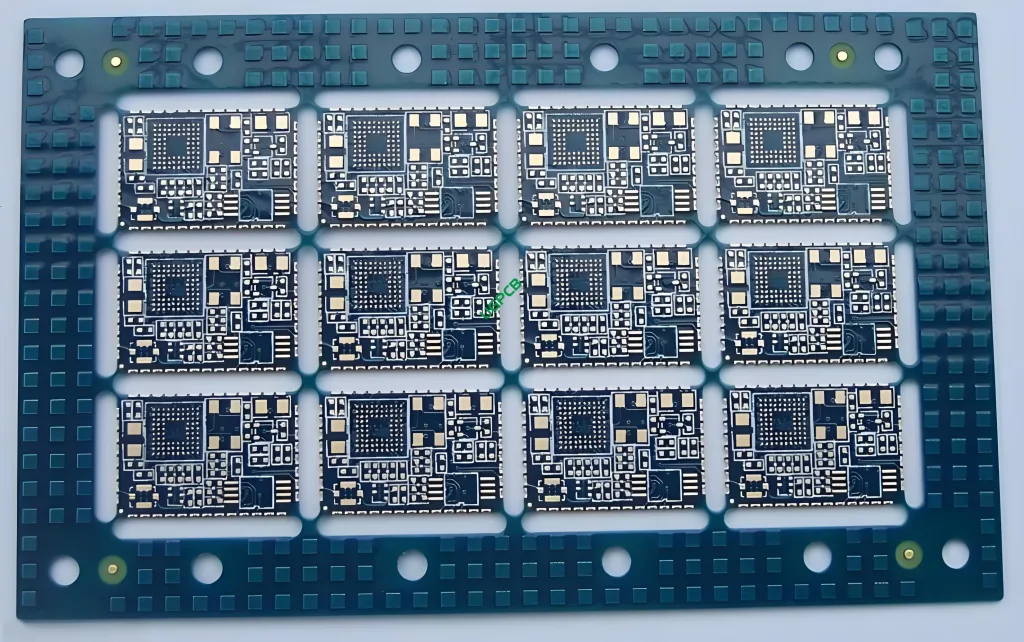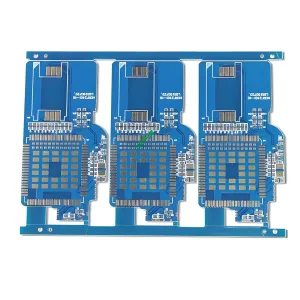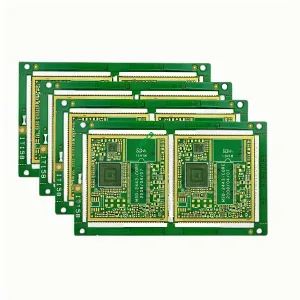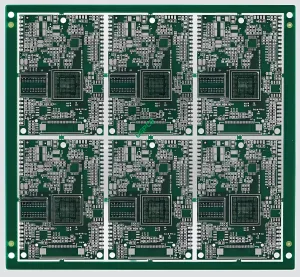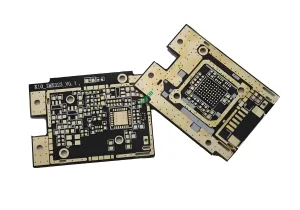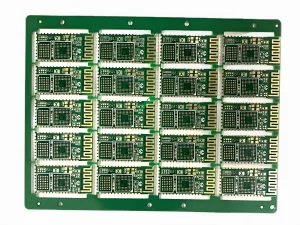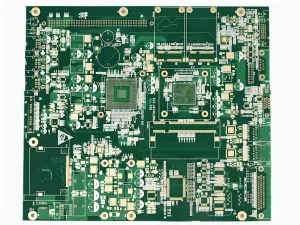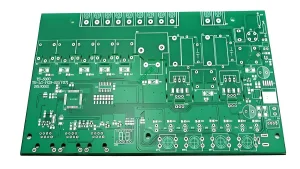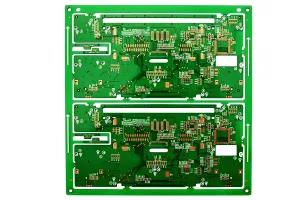Overview of 4layers Multilayer Bluetooth PCB
The 4-layer multilayer Bluetooth PCB is a specialized product designed to meet the stringent requirements of Bluetooth applications. This type of PCB offers high signal integrity, thermal stability, and reliability, making it an ideal choice for various Bluetooth-enabled devices.
Definition
A 4-layer multilayer Bluetooth PCB is a printed circuit board specifically designed to support the functions of a Bluetooth module. It consists of multiple layers of conductive and insulating materials, providing complex electrical pathways and connections essential for the operation of the Bluetooth device. The term “4-layer” refers to the number of conductive layers, while “multilayer” indicates that it has more than two layers of conductive material.
Design Requirements
When designing a 4-layer multilayer Bluetooth PCB, several key requirements must be met:
- Material Quality: High-quality FR4 material is essential for durability and thermal stability.
- Layer Configuration: A 2-layer design is standard, allowing for efficient routing of signals and power.
- Copper Thickness: A copper thickness of 1OZ ensures adequate conductivity.
- Surface Treatment: Immersion gold surface treatment enhances connectivity and corrosion resistance.
- Trace/Space Dimensions: Minimum trace and space dimensions of 4mil (0.1mm) are required for precise circuit patterns.
- Special Features: Half-hole PCB design is often incorporated for specific component placement and soldering requirements.
Working Principle
The 4-layer multilayer Bluetooth PCB operates based on the principles of electrical conductivity and signal integrity. Conductive layers form the pathways for electrical signals, while insulating layers prevent unwanted interactions between these signals. The half-hole design allows for better signal routing and reduces crosstalk. The immersion gold surface treatment provides excellent connectivity and protects against environmental factors.
Applications
This type of PCB is primarily used in Bluetooth-enabled devices, which are crucial components in various electronic systems such as wireless communication devices, audio equipment, and IoT (Internet of Things) devices. These include:
- Bluetooth speakers and headphones
- Wireless keyboards and mice
- Smart home devices
- Fitness trackers and wearables
- Industrial automation systems
Classification
4-layer multilayer Bluetooth PCBs can be classified based on their specific features and intended use, such as:
- Signal Integrity Boards: For maintaining high signal quality in Bluetooth communications.
- Thermal Management Boards: To efficiently dissipate heat generated by Bluetooth components.
- Control Boards: For managing and controlling various functions in Bluetooth-enabled systems.
Materials
The primary materials used in the construction of a 4-layer multilayer Bluetooth PCB include:
- Base Material: FR4, a flame-retardant fiberglass material known for its excellent dielectric properties and mechanical strength.
- Conductive Material: Copper, used for the conductive traces.
- Surface Treatment: Immersion gold, which enhances connectivity and provides corrosion resistance.
Performance
The performance of a 4-layer multilayer Bluetooth PCB is characterized by:
- High Signal Integrity: Due to the precise trace and space dimensions and half-hole design.
- Enhanced Thermal Stability: The FR4 base material helps dissipate heat more effectively.
- Reliable Connectivity: Ensured by the immersion gold surface treatment.
- Durability: Enhanced by the robust FR4 base material.
- Electrical Efficiency: Minimized signal loss and interference due to optimized layer configuration.
Structure
The structure of a 4-layer multilayer Bluetooth PCB consists of:
- Two Layers of Conductive Material: Alternating with insulating layers.
- Immersion Gold Surface Treatment: For enhanced connectivity and protection.
- Half-Hole Design: For specific component placement and soldering requirements.
Features
Key features of the 4-layer multilayer Bluetooth PCB include:
- Advanced Layer Configuration: 4-layer design for superior signal routing.
- High Precision: With minimum trace and space dimensions of 4mil (0.1mm).
- Customizable Color Options: Available in black or white.
- Standard Thickness: With a finished thickness of 1.0mm.
Production Process
The production process for a 4-layer multilayer Bluetooth PCB involves several steps:
- Material Preparation: Selecting and preparing FR4 sheets and copper foil.
- Layer Stacking: Combining the copper and insulating layers.
- Etching: Removing excess copper to form the desired circuit pattern.
- Plating: Applying immersion gold surface treatment.
- Lamination: Combining the layers under heat and pressure.
- Drilling: Creating holes for through-hole components and vias.
- Solder Mask Application: Protecting the circuit from solder bridges and environmental factors.
- Silkscreen Printing: Adding text and symbols for component placement and identification.
- Quality Control: Ensuring the PCB meets all design specifications and standards.
Use Scenarios
The 4-layer multilayer Bluetooth PCB is ideal for scenarios where:
- High signal integrity is crucial.
- Reliable and durable connections are required.
- Effective thermal management is necessary to maintain stable operating temperatures.
- Advanced surface treatment is needed for enhanced performance.
 UGPCB LOGO
UGPCB LOGO

